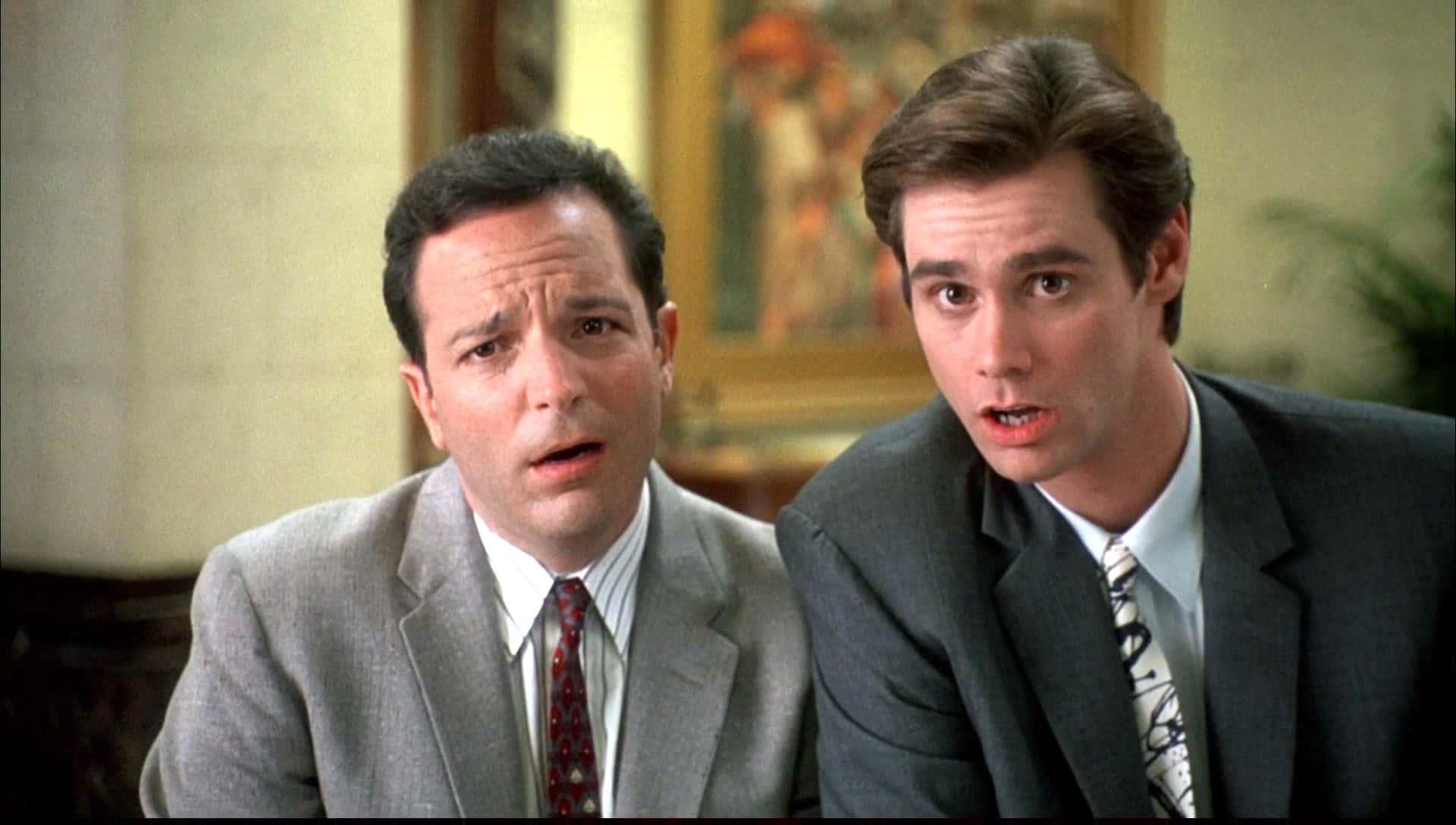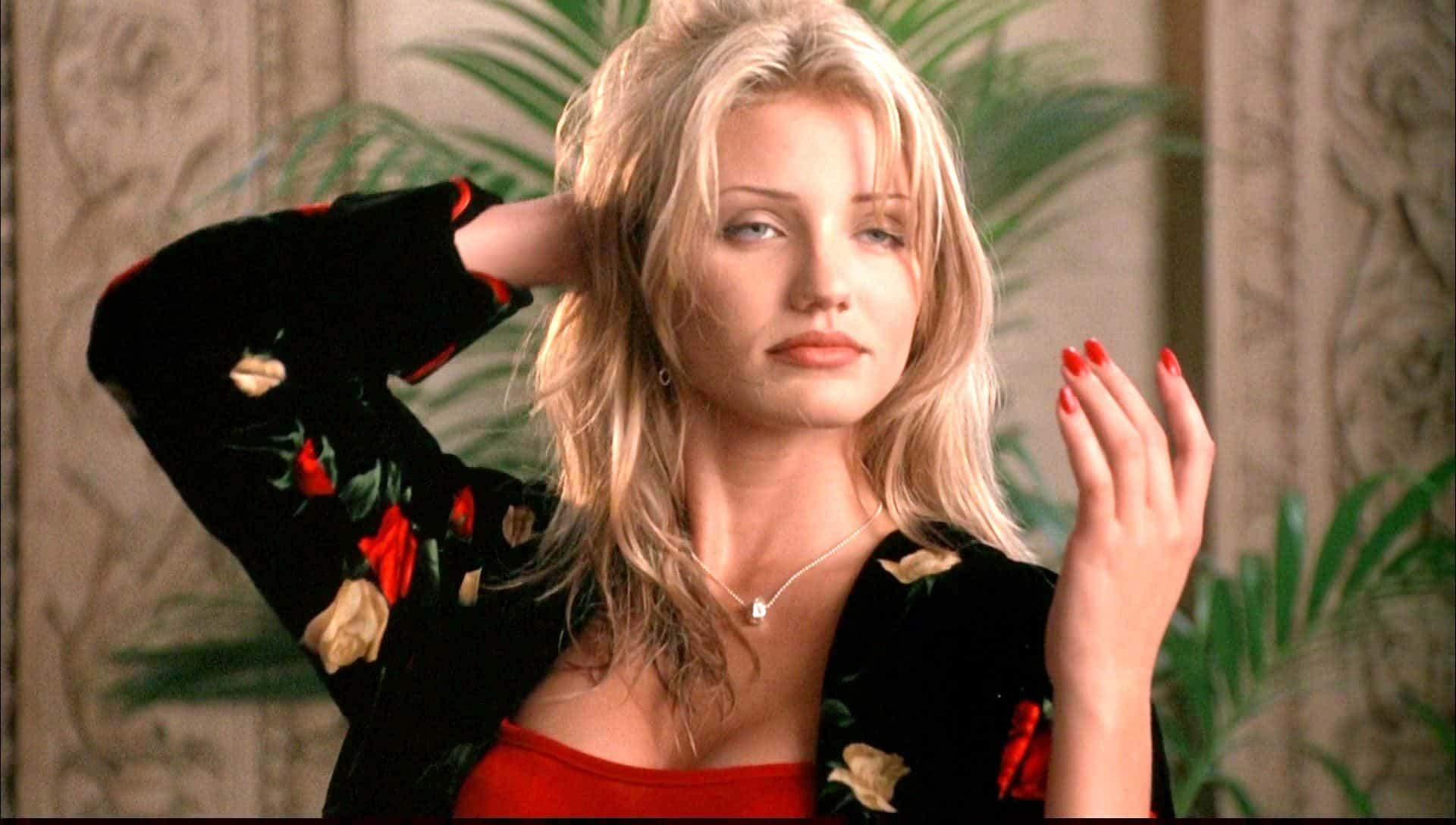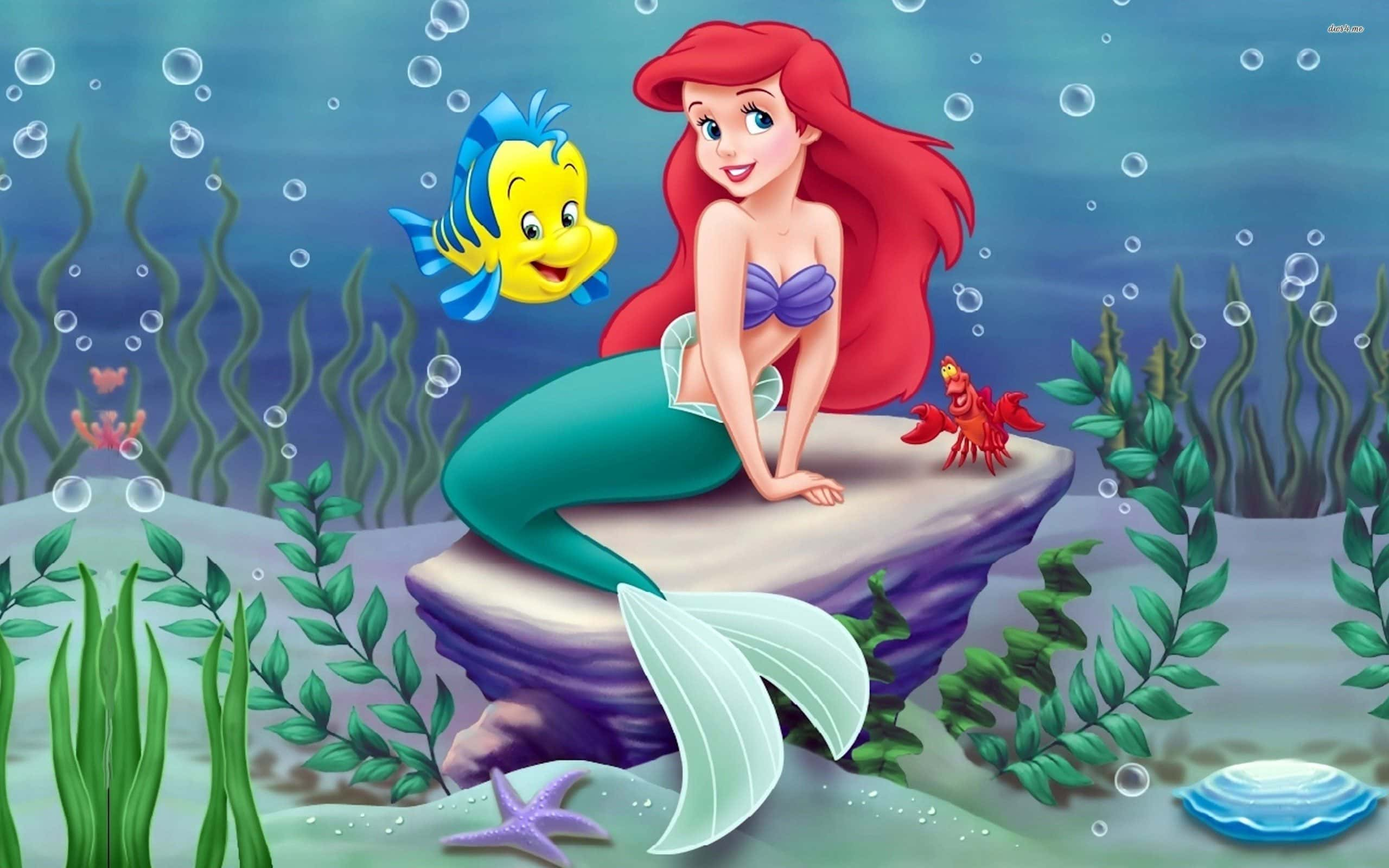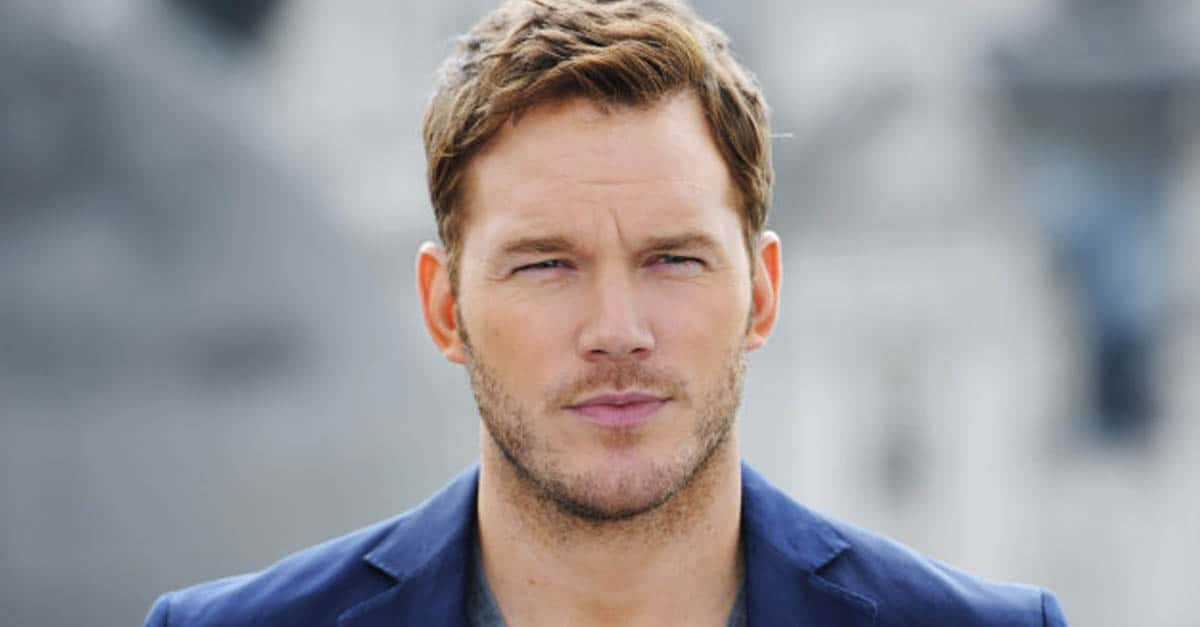“No. It wasn't me. It was the one-armed man.” – The Mask
1994 was a great year for Jim Carrey. When the year started, he was making $350,000 for Ace Ventura — not peanuts, but nothing compared to his $7 million paycheck for Dumb & Dumber. In between those two movies, he starred in The Mask, which has since become a cult classic. The success of Ace Ventura helped make The Mask the second highest-grossing movie based on a comic book after Batman. It also launched Cameron Diaz’s career and picked up an Oscar nomination for “Best Visual Effects."
Hang on to your hats, here are some fun facts about The Mask.
26. The film was originally planned to be dark
Much in line with the darker side of the comic books, initially the mask wearer was meant to be a dangerous anti-hero with violent tendencies – it was pegged as the replacement for Nightmare on Elm Street. It was difficult for the production to balance the horror elements with the comedy and when Carrey climbed onboard, it just turned into a comedy.

25. The Mask is based is based on a comic book
Yup, the Mask character is the creation of Dark Horse Comics. The first volume of the series was titled Mayhem, and it was released in 1989, five years prior to the release of the movie. The comic books were far more sinister than the film though.

24. Those teeth
The large prosthetic teeth Jim Carrey sports as the Mask were originally meant to be used only in silent scenes, but the actor taught himself how to speak with them to make the character even quirkier. Well playes, Jim. Well played.

23. The matter of payment
This may seem impossible now, but Jim Carrey was paid $450,000 for his role. He signed the contract before it turned out that his other film, Ace Ventura: Pet Detective (1994), was a huge hit. For his role in Dumb & Dumber later that same year, Carrey signed a contract for $7 million.

22. Jim Carrey’s elasticity
Director Chuck Russell has revealed that the production saved a lot of money on special effects with Jim Carrey in the leading role – the actor’s movements were so exaggerated and cartoonish, they didn’t need to be touched up digitally.

21. First time on the big screen
The Mask was Cameron Diaz’s first movie role and she earned less than $500,000 for it.

20. The wet condom
The scene where Carrey (as the Mask) is being chased by gangsters and pulls out a wet condom out of one of his pockets, and says, “Sorry, wrong pocket,” was actually improvised by the actor.

19. Mechanics and Ghostbusters
The interior shot of the garage where Stanley Ipkiss takes his car for repairs is the same location as the firehouse for Ghostbusters.

18. Dirty Harry
Jim Carrey does a Dirty Harry impression in the film, which is poignant since the actor appeared in the last of the “Dirty Harry” movies, The Dead Pool.

17. Sequel talks
Before the Son of the Mask came out in 2005, there were talks of a sequel, but all that was scrapped when Jim Carrey refused to return as the titular character, despite being offered $10 million.

16. The zoot suit
The bright yellow suit that Jim Carrey wears as The Mask is reminiscent of a suit the actor’s mother made him for his first stand-up gig.

15. The Frisbee fetch scene
The dog used in the film was not well trained, so the scene where Ipkiss is frustrated with Milo while trying to stuff the cash into his closet was ad-libbed by Carrey – showing the actor’s very real impatience with the animal.

14. Coco Bongo
The nightclub Coco Bongo that the Mask enters in the film is also the name of Carrey’s nightclub in Cancun, Mexico.

13. For the love of cartoons
A large aspect of what drew Jim Carrey to the role is that his character, Stanley Ipkiss, is a fan of cartoons, just like Jim.

12. For the love of cartoons: Part II
Representative of that adoration for cartoons, the Mask behaves like many iconic animated characters like: Pepe le Pew (romancing Tina), the Tasmanian Devil (whirling like a tornado) and Bugs Bunny (dramatically “dying” in a gangster’s arms).

11. Spicy meatball
When the Mask swallows a bomb and exclaims, “That’s a spicy meatball!” – it’s a reference to a heartburn relief commercial for Alka-Seltzer.

10. Before there was Cameron
Before casting Cameron Diaz as Tina Carlyle, the producers considered casting Anna Nicole Smith.

9. Parental inspiration
Jim Carrey allegedly based his character on his father. We’re not sure if that’s flattering or not?

8. The singing double
Cameron Diaz’s singing voice was dubbed by Susan Boyd – who also landed her vocals to films like The Little Mermaid and Mulan.

7. The dancing scene
Did you see those dancing feet? In the big Coco Bongo dance scene in The Mask, it was actually Jim Carrey dancing . Although Carrey landed his voice for the song and Cameron did not.

6. The Mask silences Carrey critics
After the release of Ace Ventura, Jim Carrey clearly proved himself to be a cashable star, but the critics hated the film. The Mask turned it around and earned Carrey praise for his performance.

5. Twelve times for a big break
Cameron Diaz had to audition 12 times before she got the part – just seven days before shooting.

4. Crushed Dreams
Nintendo Power Magazine promised a fan a part in the sequel. Long before the dreadful Son of the Mask, they were planning to bring back Jim Carrey for a sequel. Nintendo Power ran a contest that promised the winner a non-speaking role in the movie. The movie never happened, and the winner's dreams were crushed forever.

3. Runners up for the Mask
Before Jim Carrey nabbed the role, actors who were considered for the role include: Martin Short, Steve Martin, Matthew Broderick and Rick Moranis.

2. Scary in green.
20-year-old Cameron Diaz said she was horrified on the set when Jim Carrey took off the mask. “The process of taking it off is terrifying. It’s just like, glue and chunks of sponge would stay on his face…”
She recounted the story at age 41 with talk show host Ellen DeGeneres. As a prank, Ellen had a man dressed as The Mask sneak up on her, which left Cameron in a fit of giggles.

1. Sally Field reference
The scene at the Coco Bongo, where the Mask makes a fake acceptance speech and says, “You love me, you really love me!” is a reference to Sally Field’ iconic Oscar acceptance speech for Best Actress in 1985 – often misquoted, since the actress used the word “like” not “love”.











